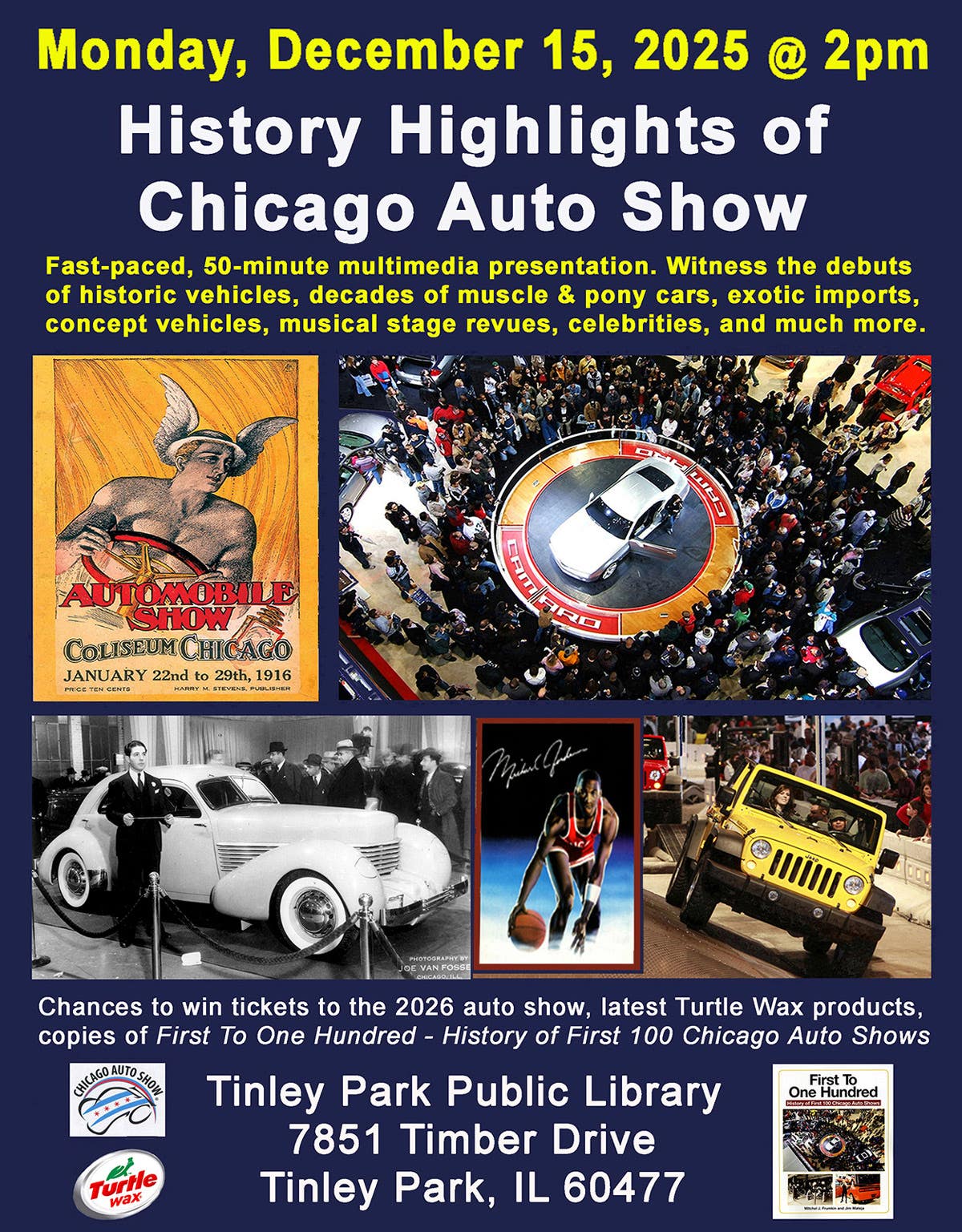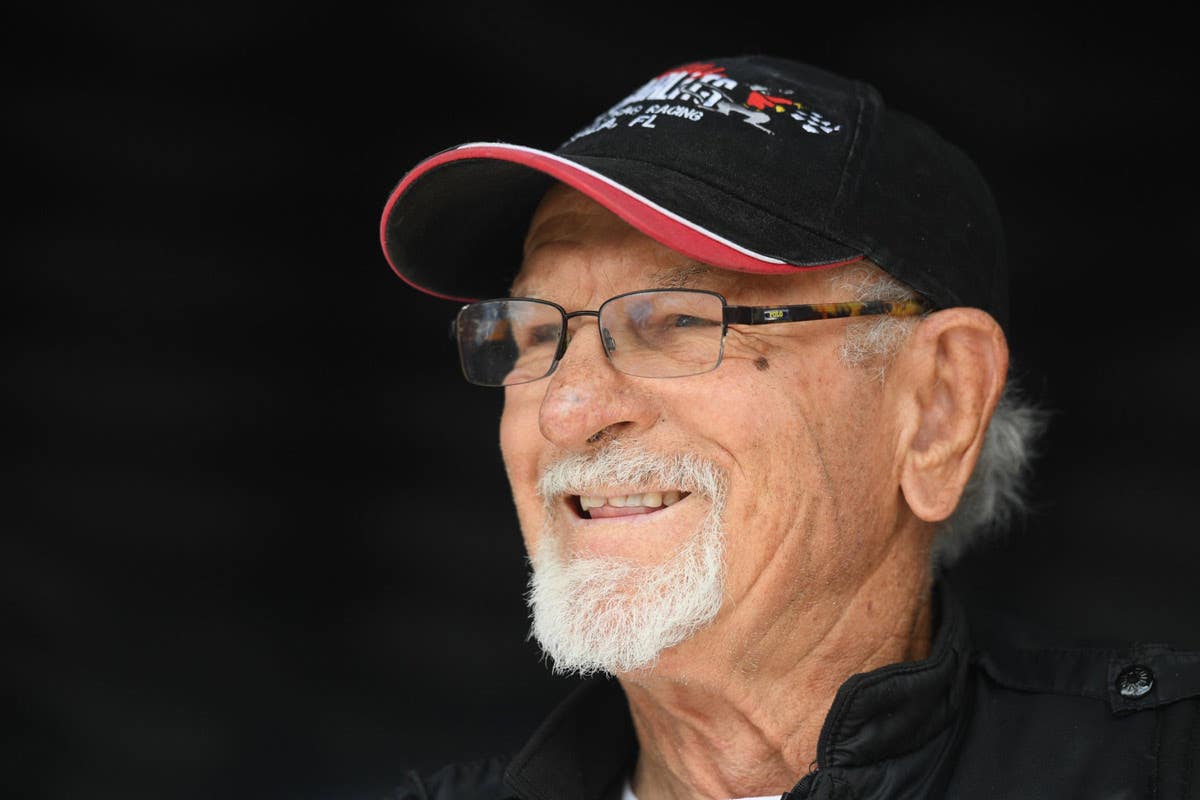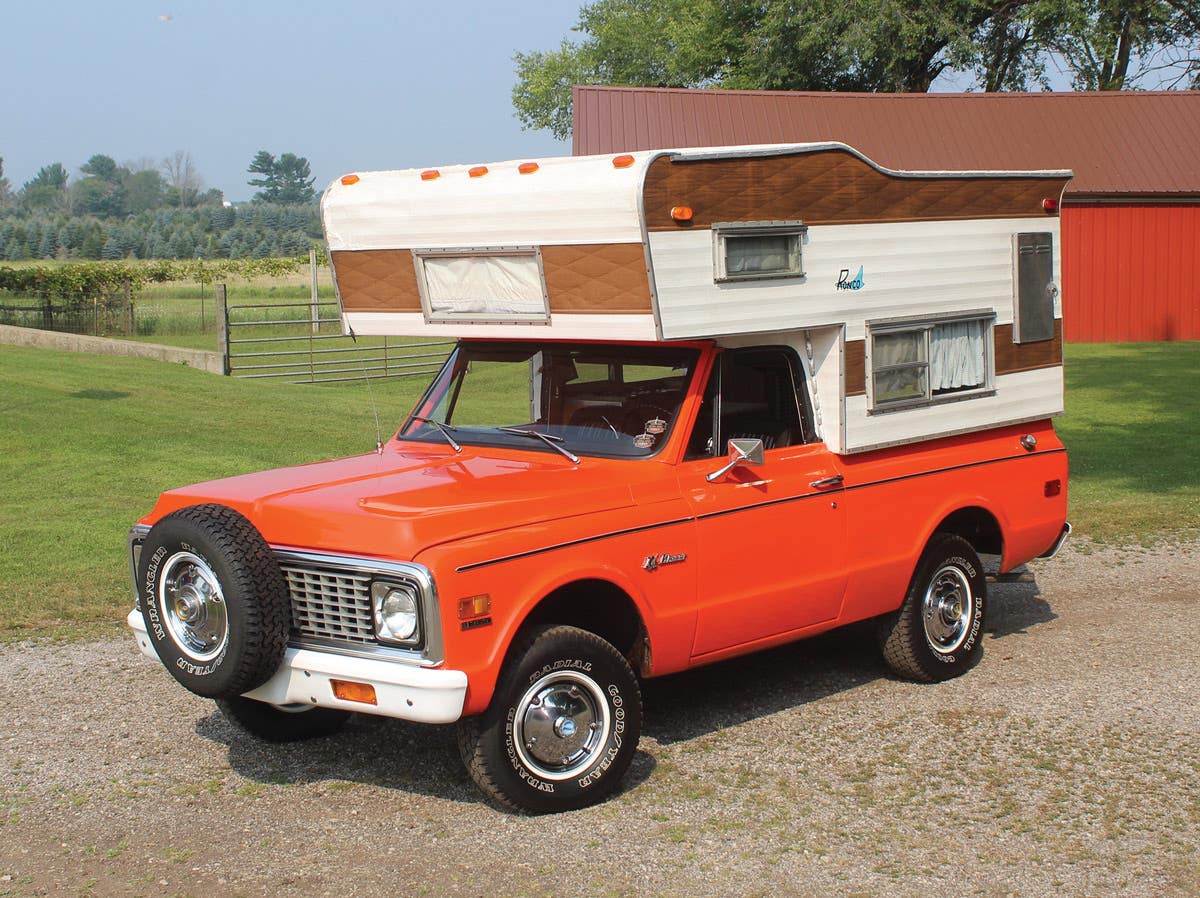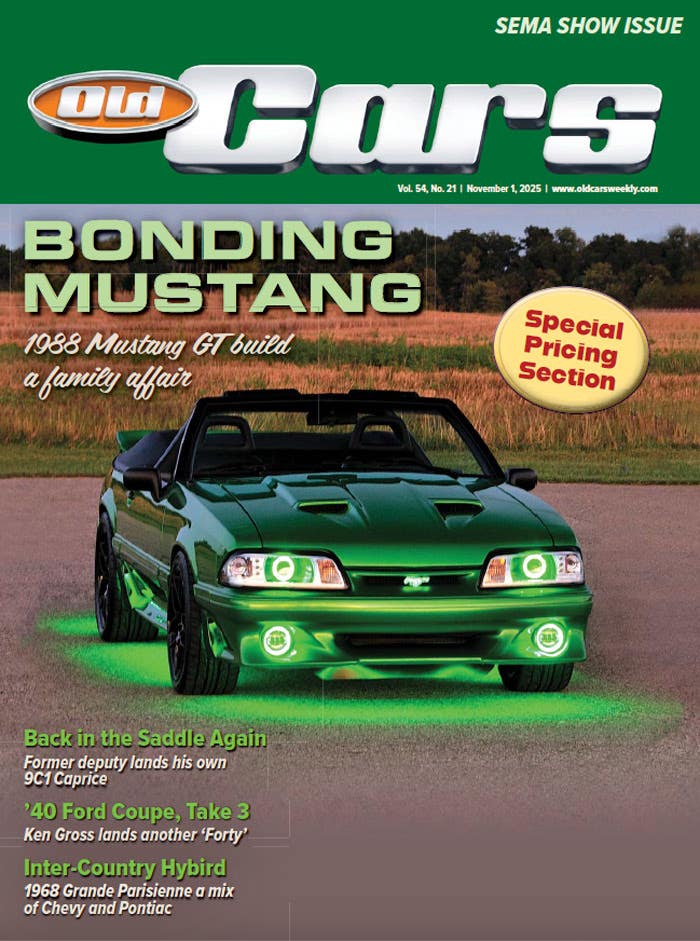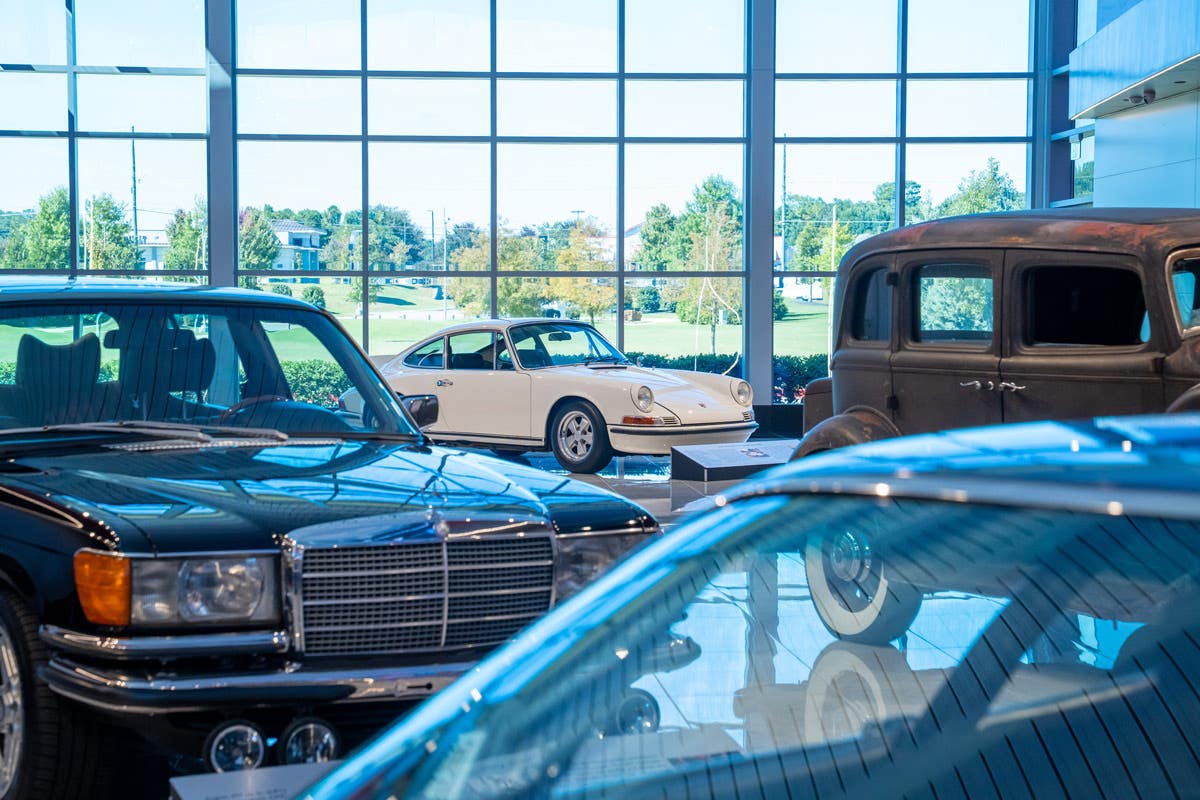AC Borgata sale to feature rare Packards
A trio of rare Packards will cross the auction block in Atlantic City this month, 110 years after the founding of the Packard company.
Packard’s first car was built 110 years ago. James Ward Packard purchased a Winton automobile in 1898, but with his engineering background, Packard found fault with his new car, which he complained about and returned. When it was suggested that he build a better one, he brought his brother on board and attempted to do just that. They formed the Ohio Automobile Co. and, then, changed the name to Packard before moving to Detroit in 1903.
Packard ads suggested that interested buyers “Ask The Man Who Owns One” for advice. This word-of-mouth advertising program was effective in convincing buyers that the product lasted and performed well.
The first one-cylinder Packard was small compared to the large, luxurious cars that left the factory later on. They were considered one of the “Three P’s” in the prestige automobile class, which included Packard, Pierce-Arrow and Peerless. Packard not only filled the luxury car niche, it lasted the longest of the three, surviving World War I, the Great Depression, World War II and the Korean Conflict. The last American vehicles to wear the Packard name were actually variants of the Studebaker, but even they were special to the end.
Packards were performers, too. The legendary Ralph DePalma drove a Twin Six to a land speed record in 1919, hitting 149 mph — astounding at the time. During World War I, Packard produced airplane and boat engines. Trucks were also produced and many served admirably in the conflict. This taught the company that it could survive in wartime making military products — a lesson that also came in handy in World War II, when it built powerplants for speedy PT-type Navy patrol boats.
During the Great Gatsby era, Packard made prestige cars in various formats, including many with custom coachbuilt bodies. Packards were favored by the rich and famous, in the U.S. and abroad, throughout the late-1920s and 1930s. Much of Packard’s appeal to upscale clientele was based on its traditional styling and engineering.
Packards of the early 1930s represented an unrealistic attempt to offset the Great Depression by moving further upscale. This led to some fabulous Olympian automobiles, including a 12-cylinder chassis called the Twin Six, or Packard Twelve, which lasted through 1939. In 1932 only, Packard marketed an upper-mid-priced Light Eight. Standard Eights and Super Eights were also offered in the 1930s.
Packard outlasted Peerless and Pierce-Arrow, but it did not have the corporate resources of Cadillac and Lincoln. Management decided the best way for an independent marque to battle the corporate giants was to play their game and offer models in the mid-price range. This thinking brought the 1935 Packard One-Twenty to market, a car priced at under $1,000. It sold well, tripling Packard output in 1935 and doubling it again in 1936. To manufacture so many vehicles, Packard had to build a new factory to supplement the one in Detroit that it had always used. This factory built the smaller, more affordable models, using mass production methods.
Junior Packards and Senior Packards were totally different cars. The former were more modern, but less powerful and far less exclusive. The larger cars were traditional in styling and engineering, but huge, high-powered and elite. However, through 1936, all Packards had eight-cylinder engines. This changed in 1937, with the first Packard six in 19 years. This Packard 115 found many buyers, but for some it tarnished the image of the brand as a prestige car builder only. Packard continued to build real luxury cars, but when an economic recession occurred in 1938, it drastically hurt the sales of such models. The six-cylinder Packard 110 offered from 1940-1949, was another downscale product that often found a home in taxi fleets.
Packard’s first true postwar model of 1948, was dubbed the “bathtub” and sold rather poorly. The 1951 cars were redesigned, but didn’t catch the public’s fancy. Packard decided it had to rebuild its fine car reputation by separating the Clipper models and Packard models. This was also unsuccessful, but while other independent automakers merged with each other to survive, Packard management struggled vainly to remain alone.
Finally, on Oct. 1, 1954, Packard merged with Studebaker to create the Studebaker-Packard Corp. It was hoped the Studebaker dealership network could boost sales. However, Studebaker turned out to be in a deep financial hole, and actually hurt Packard. New designs, a modernized V-8 engine and a good year for the car industry all around made 1955 profitable, but only temporarily. A 1956 decline was painful and brought confusion over whether the Clipper should be sold as a Packard or not. Dealers forced the issue and it finally was.
After a program of making engines for American Motors cars collapsed, Packard couldn’t pay its bills and closed its old Packard plants in August 1956. Company management essentially hired aircraft maker Curtiss-Wright to run the company. In 1957, a Studebaker-based Packard Clipper was marketed, but only in small numbers. The end was in sight and franchised dealers began bailing out. The Studebaker-based Packard of 1958 was the brand’s swan song.
Officially, the Packard nameplate was cancelled for model year 1959, a half century ago. So that makes 2009 the 100th anniversary of Packard’s founding. The 2009 Atlantic City Classic Car Auction has consigned three very rare Packards to its Borgata Sale on Feb. 26. Here’s a profile of these cars:
1942 Packard Super Eight Custom 180 Clipper Touring Sedan
(VIN: 15222051)
This rare car represents the most expensive Packard Clipper offered in 1942. This large, powerful, prestige-quality Classic is also extremely rare, being one of about 85 built and one of two that survive.
This car has an impeccable pedigree that starts on Dec. 11, 1941, the day it was sold to its first owner. Its complete ownership history since that time is known and documented.
The car is finished in its original color of Cavalier Maroon and trimmed in tan broadcloth. It has never been damaged and has been driven just 74,000 miles. The car features many Packard factory options including an Electromatic clutch, overdrive, a Philco push-button radio and center-mounted rotary radio antenna, Trippe lights, dual Packard-script back-up lights, a dual heater system, a vanity mirror, Packard fender skirts, smooth headlight lenses, correct 1-year-only 1942 Packard hubcaps and chrome bumper end tips.
Documentation from the owner shows that the car has been seen in 20 publications including books and periodicals, The Eastwood Catalog, concours programs and airline magazines. It has taken awards including “Best of Show” and “First in Class” at 17 shows, concours and Packards International club meets. The car is driven approximately 1,000 miles each year and has never been trailered to an event!
The car itself is an amazing machine, as the 180s featured the 356-cid 165-hp Packard Super straight eight in the 127-inch 180 chassis. This car is also fitted with a rear end ratio of about 3.0:1, which gives it a top speed in the range of 105 mph and makes it a great tour car.
Styling wise, the Clipper represented a bold departure from traditional Packard design. The legendary designer Howard “Dutch” Darrin created their streamlined and contemporary appearance. The Clippers were 12 inches greater in width than height, which gave them a low, wide image and made them seem more modern than other cars on the road. The use of a double drop frame also brought the floor pan closer to the ground for added stability.
Clippers sold well and experts believe that sales would have been much greater had World War II not broken out on December 7, 1941. After that, Packard was anxious to sell all the cars it had built and began contacting wealthy clients to sell the inventory it had on hand.
The selling dealer, Reid Ward Motor Co. of Kansas City, Missouri, probably gave Attorney Gill a great deal on this car. Today, it is the lowest surviving serial number1942 Packard Super Eight Custom 180 Clipper Touring Sedan.
1942 Packard Super Eight Custom 180 Clipper Touring Sedan
VIN: 15222061
This car is the second surviving 1942 Packard Super Eight Custom 180 Clipper Touring Sedan. Like the first car, it represents the most expensive Packard Clipper offered in 1942. Packard Philadelphia, a Packard factory sales branch, sold this car new on December 21, 1941. Its ownership history from the 1960s on is very well documented.
This car became part of Harrah’s Auto Collection in the 1960s and went from there to the prestigious Deutsches Museum, in Munich, Germany, where it remained on display until 1995. From that point, it made a brief stay with a collector in California, before joining the Steve Maconi Collection in Willington, Delaware.
The car has been exquisitely refinished in the rare and pleasing color combination it wears today: Grove Green Metallic over Chicory Green Metallic. The paint is complemented with a nearly flawless, original Cinnamon wool broadcloth interior. The car has been driven just 101,837 miles since new.
This Clipper 180 features every available Packard factory option except air conditioning. Its array includes an Electromatic clutch, overdrive, a Packard Custom radio, a Packard Deluxe heater and defroster, deluxe wheel covers with cloisonné center emblems and accessory fender skirts.
This vehicle was invited to the 2007 Concours d’Elegance in Auburn, Ind., where it competed against other Packards. Auburns, Cords and Duesenbergs worth over $1 million. It was award the trophy for “Most Elegant Closed Car.”
Borgata – 1939 Packard Brunn V-12 Model 1708 Landaulet
VIN: E17082016
This original condition car is one of only four 1939 Packard V-12s to carry Landaulets coachwork from the Brunn Body Co., of Buffalo, New York. At 16, Hermann A. Brunn started as an apprentice at his uncle's carriage works. He took a carriage design and drafting course in New York City and eventually made his way to the New Haven Carriage Co., in Connecticut.
In 1905, at age 30, Brunn left his promising job with New Haven Carriage Company and returned to Buffalo to be superintendent of his uncle's shop, which had built a carriage for President McKinley. In 1908, Brunn opened Brunn & Co. and became a coachbuilder for many prestigious automakers.
Brunn continued to be favored to build special bodies for heads of state and famous people like actresses. Packard celebrated its 40th year of making cars in 1939, but the Great Depression was changing the auto industry and this would be the final season for the stately Packard Twelve, which the company often referred to as the “Twin Six” to maintain a Packard tradition dating from the Teens. The last Twelve came down the line on August 8,1939, Only 446 cars with the massive 473.3-cid 175-hp “Twin Six” under their hoods were turned out that year and they were little changed from the previous model.
Cars in the 1708 series were mainly 7-passenger jobs that rode on a long 139-3/8-inch wheelbase. Aside from a minor styling and trim changes, the only new-for-1939 Packard Twelve features were an optional column gearshift and a push-button radio. The chassis was unchanged.
Packard took a liking to a Touring Cabriolet that Brunn had penned for Edsel Ford to fit on a Lincoln chassis and awarded the coachbuilder a contract to build various bodies for their Model 1608 and 1708 “Twin Six” chassis. Normally 95 percent of series-built production bodies would be shipped to the chassis manufacturer’s plant for mounting, but Packard requested that Brunn mount the Cabriolet bodies. Packard shipped the running V-12 chassis to Buffalo with a soapbox serving as the driver’s seat and gave Brunn $150 for mounting the bodies.
California Packard distributor Earl C. Anthony sold many Brunn-bodied Packards. Packard insisted Brunn use Packard parts to save money. Brunn sometimes spent hours reworking them. The extra labor reduced profits. This explains why Brunn built so very few Packard custom bodies. This extremely rare vehicle is finished in black with tan interior trim. It is good original condition throughout and some restoration work was started.



